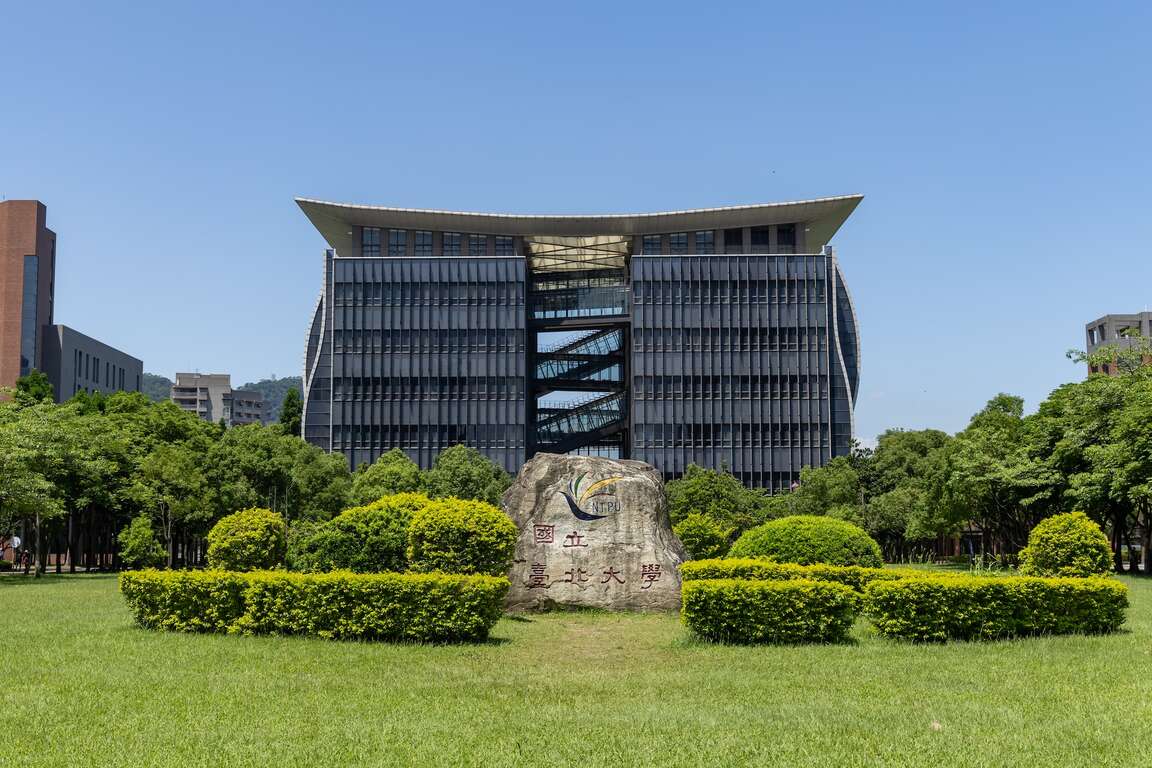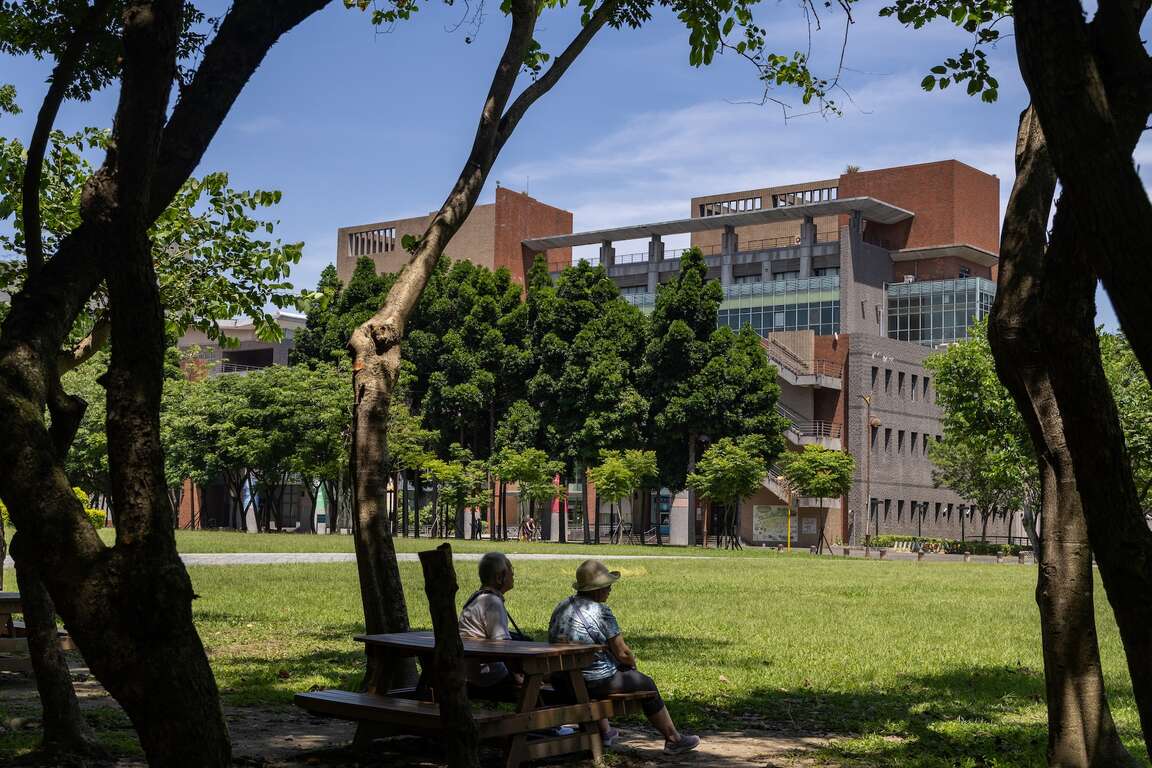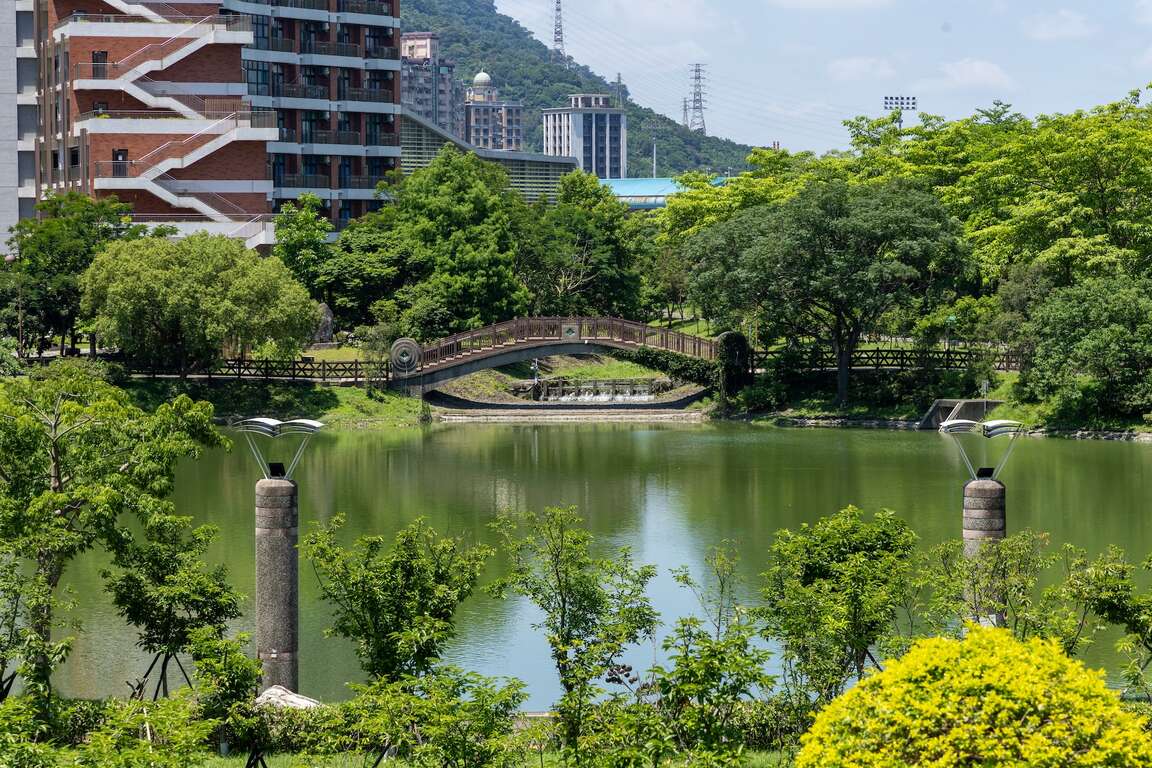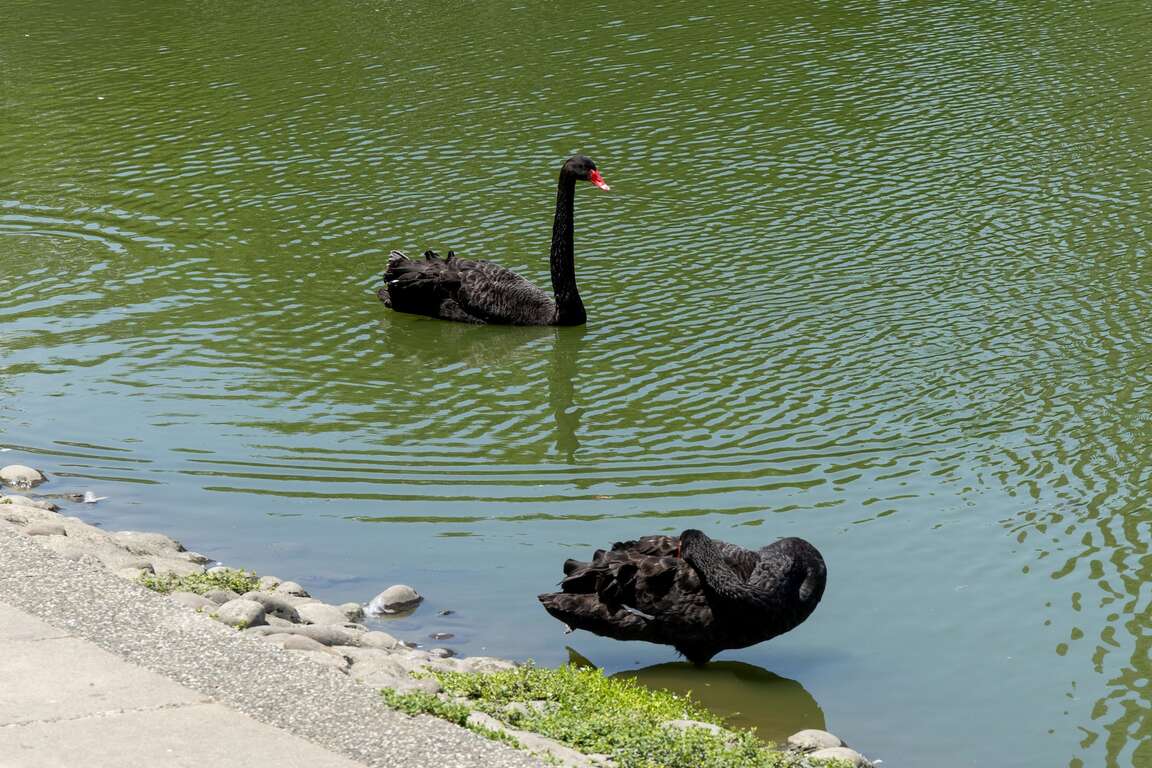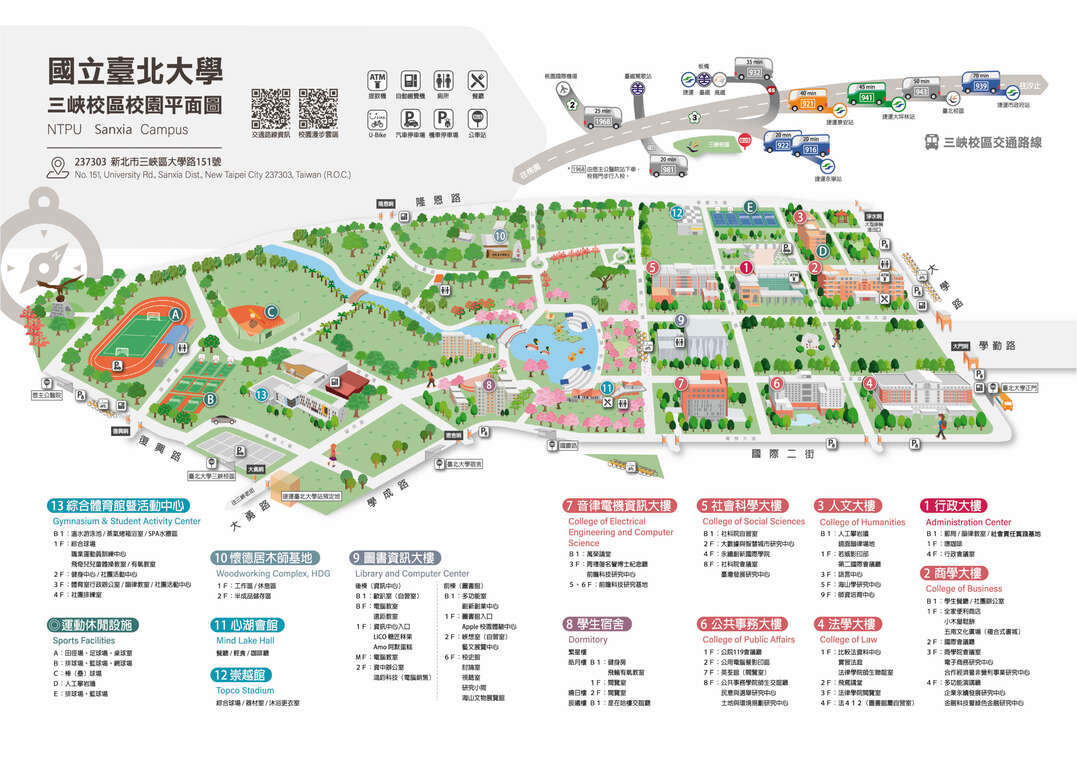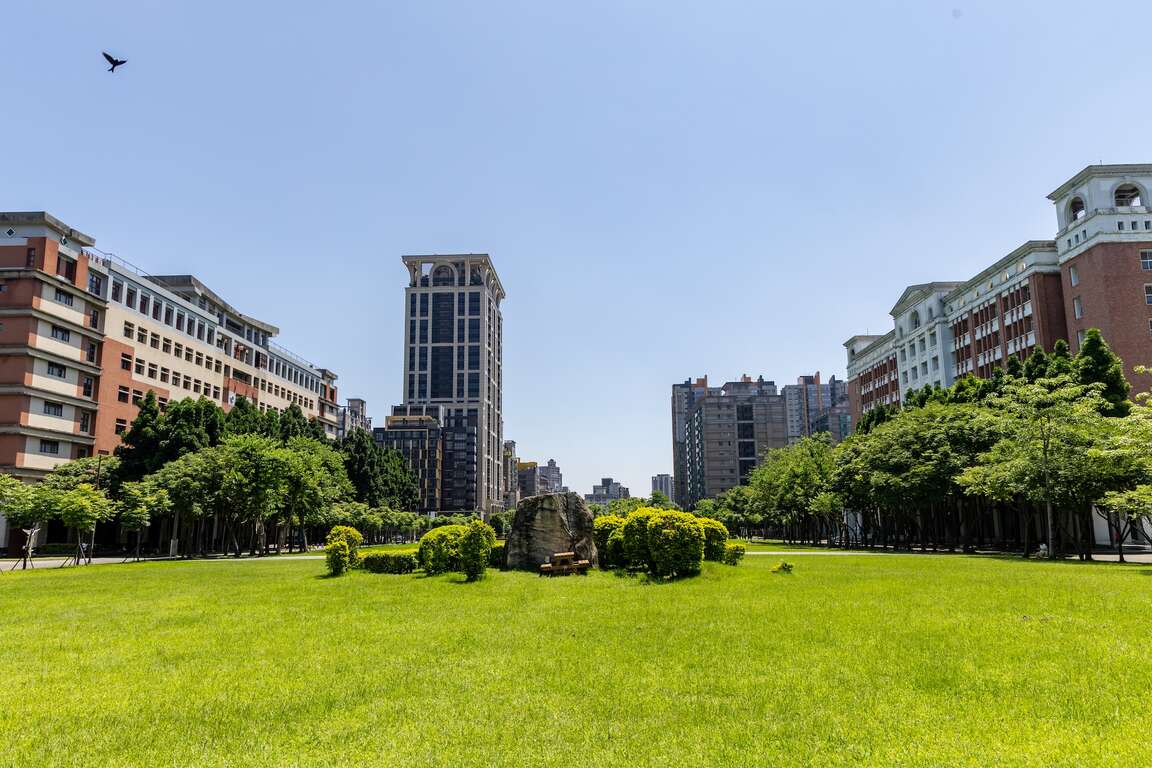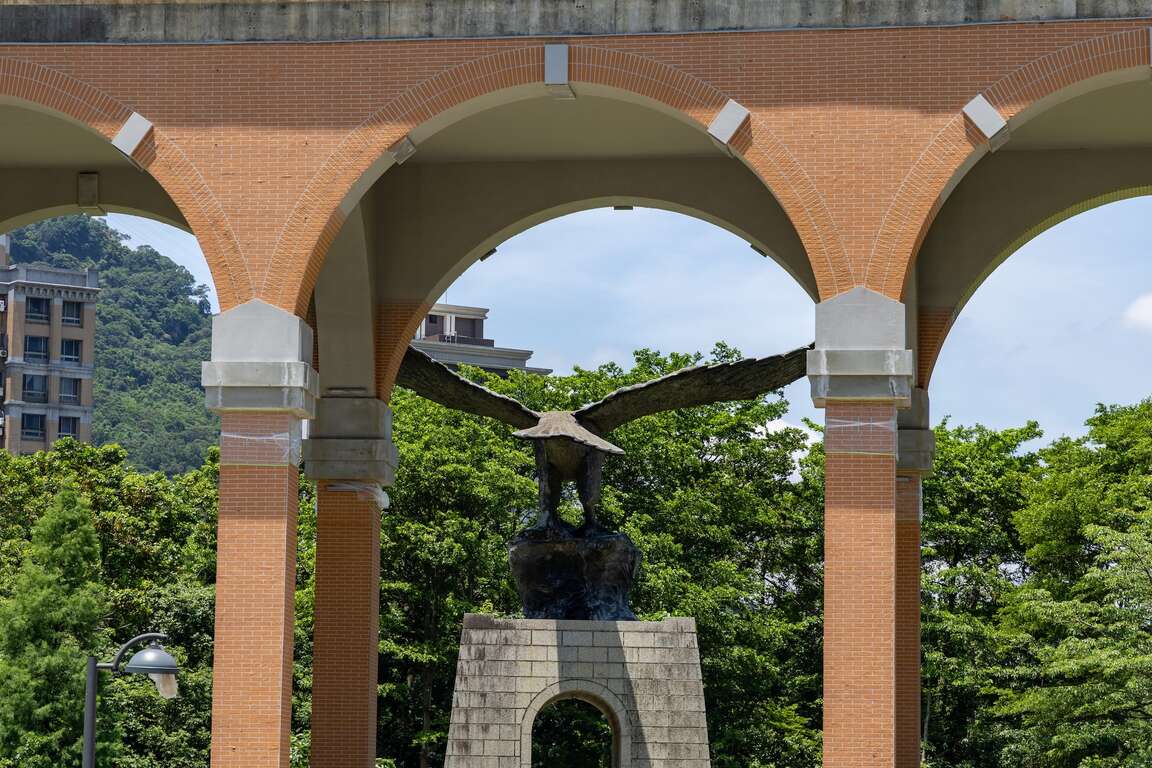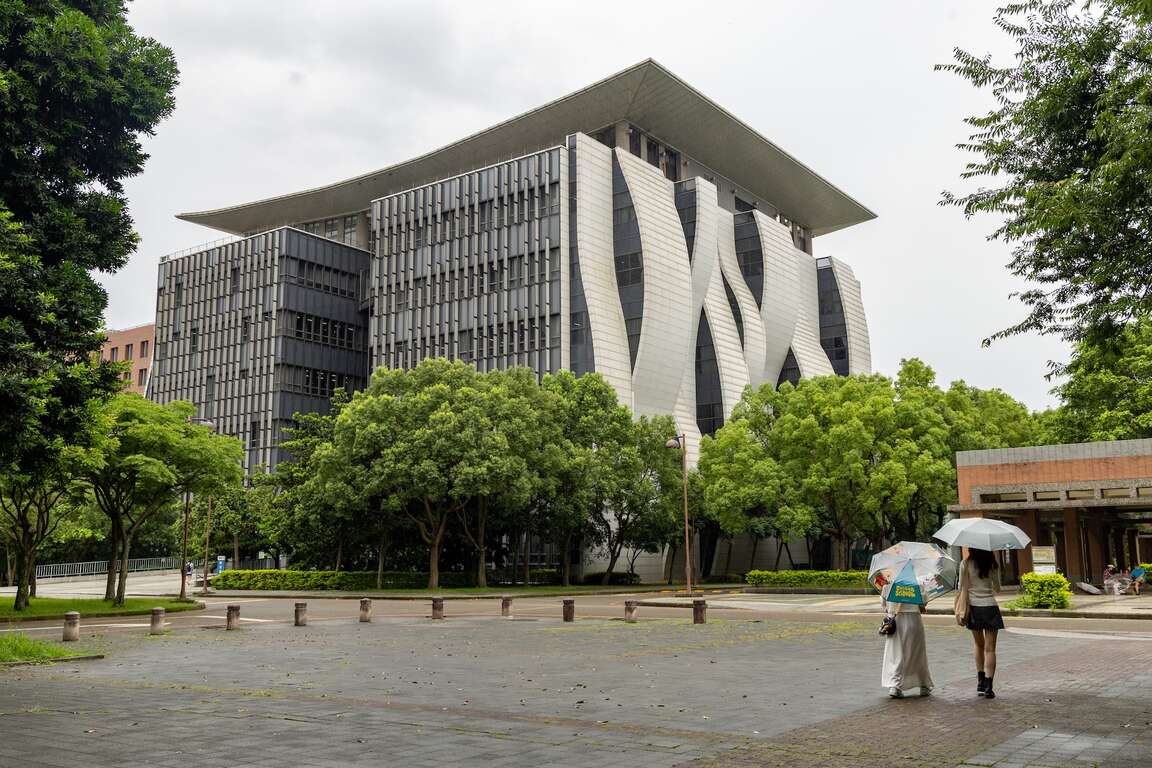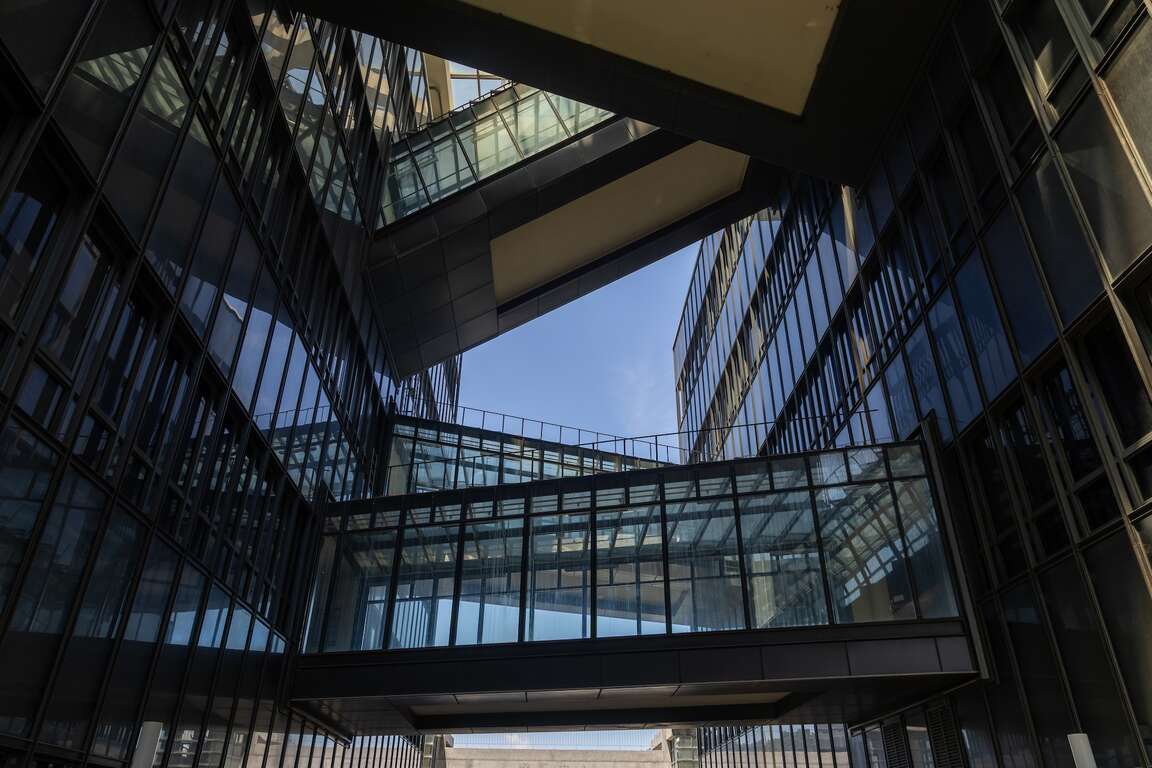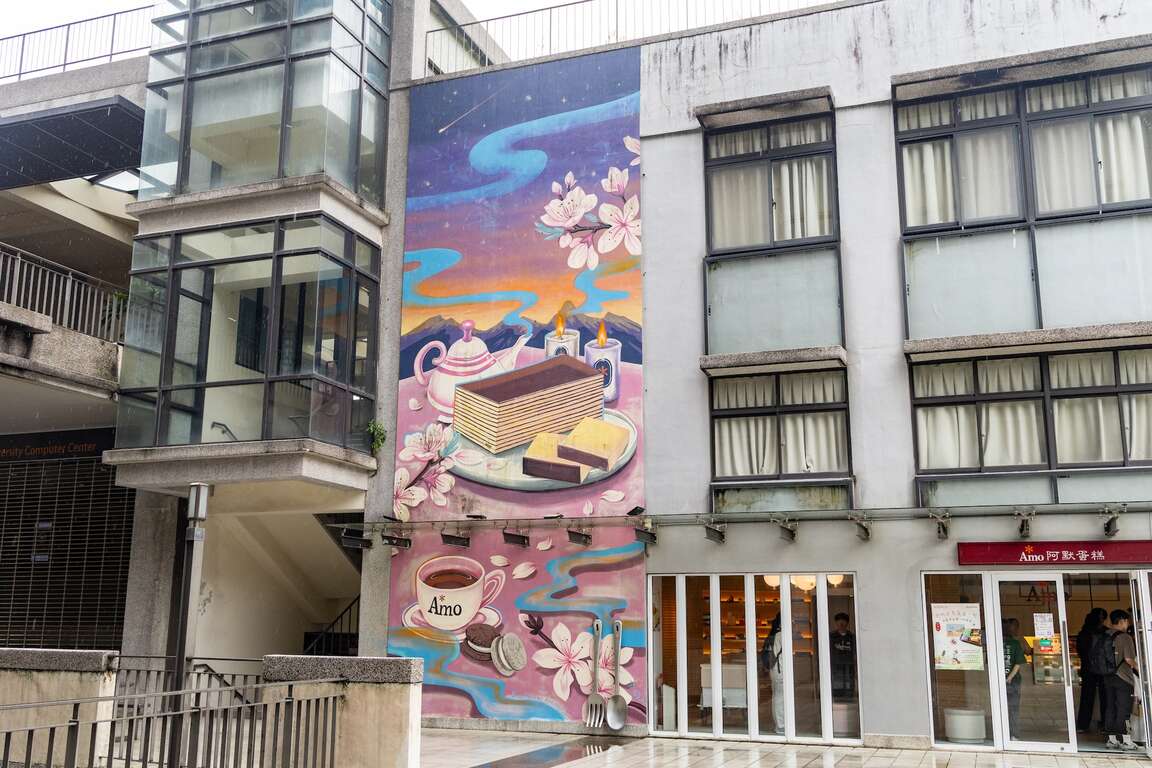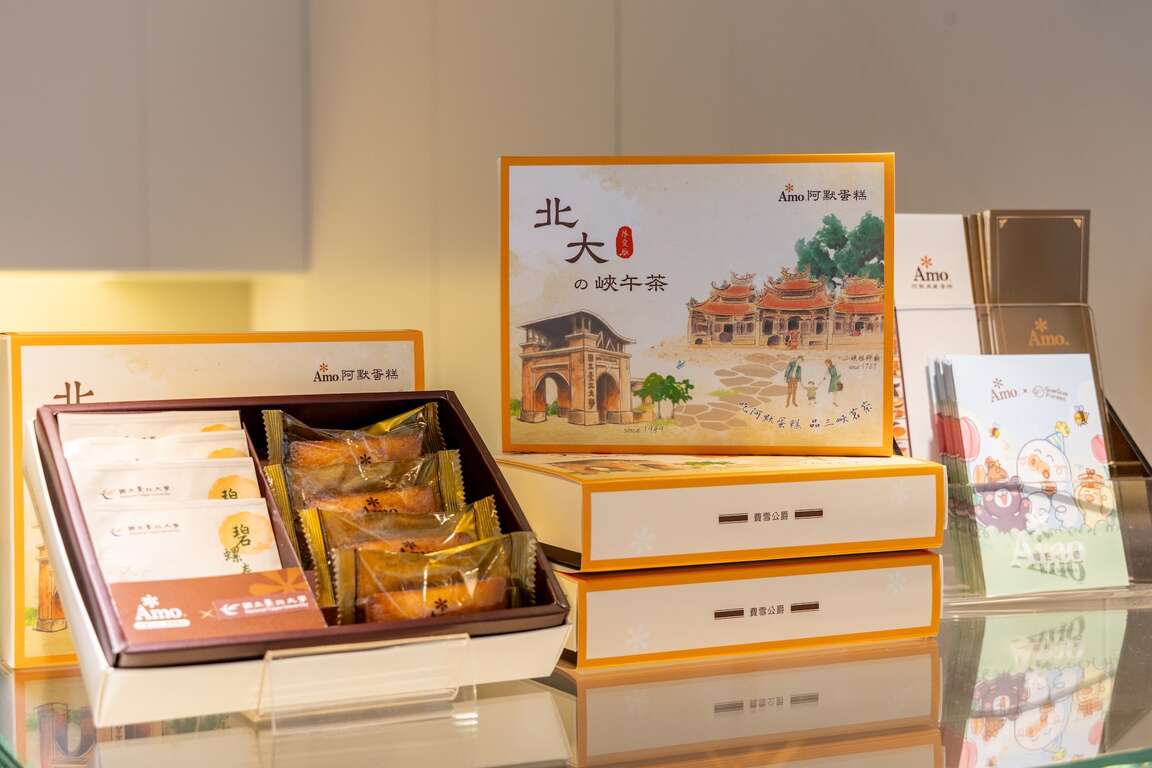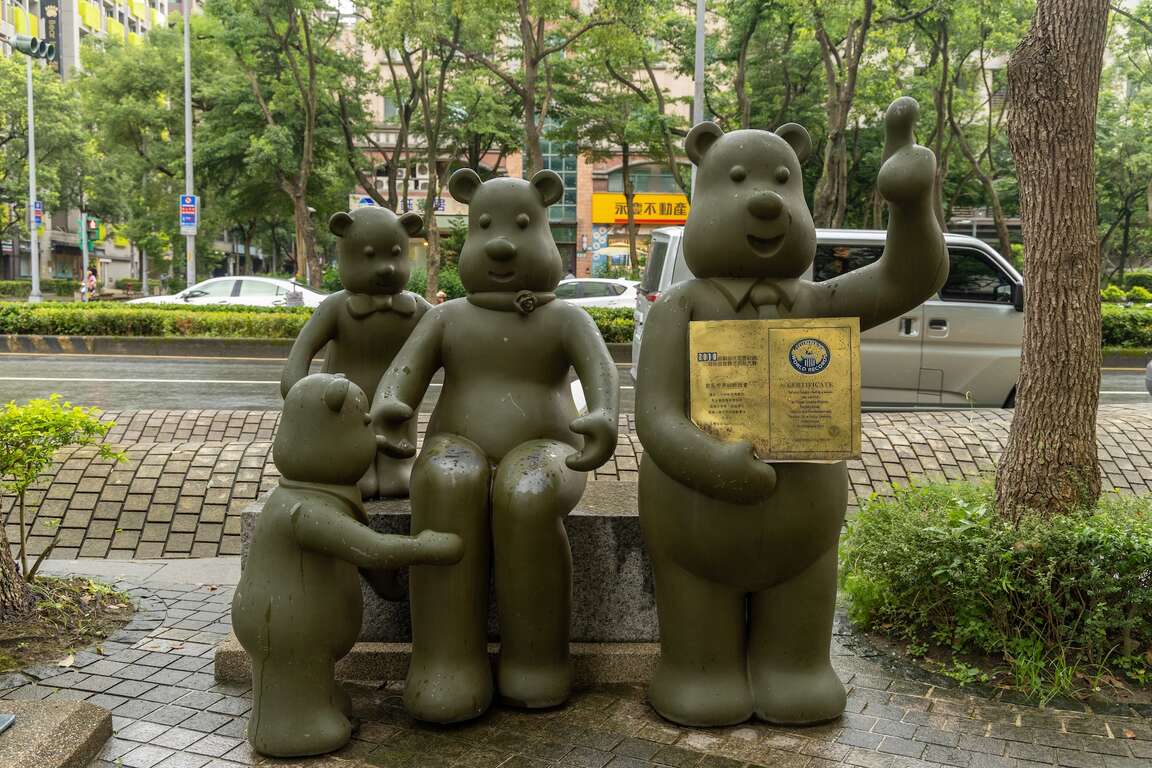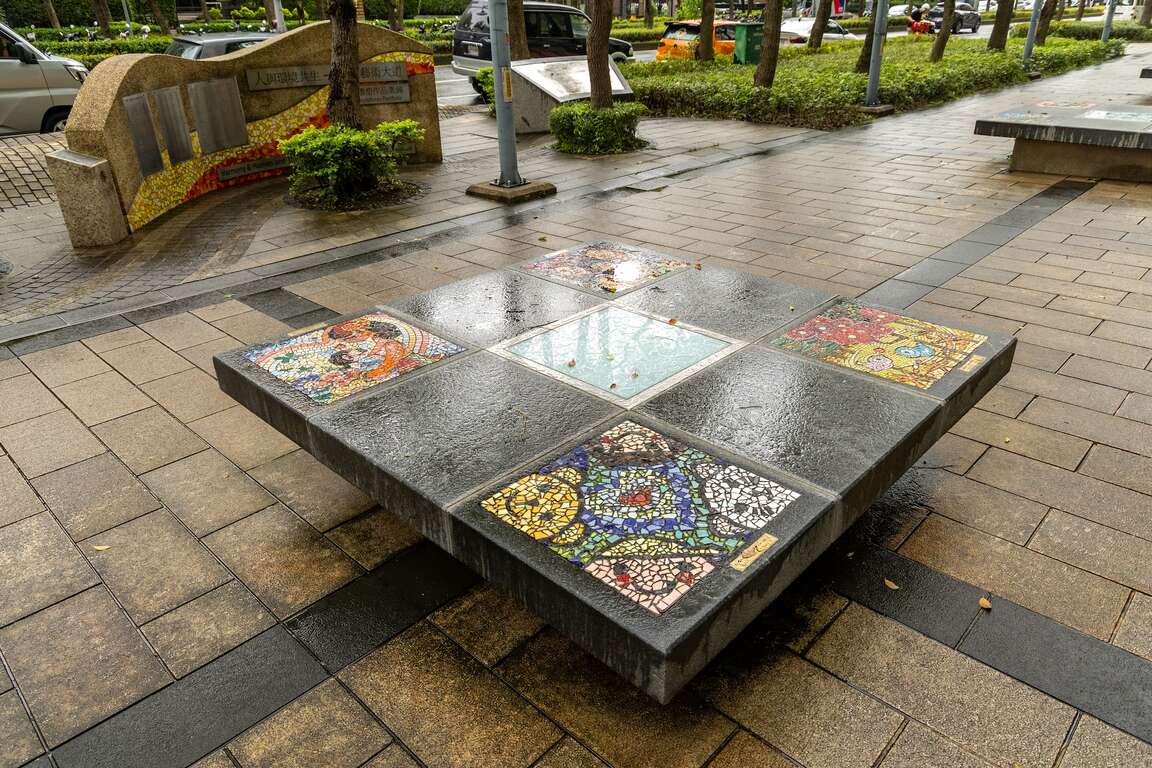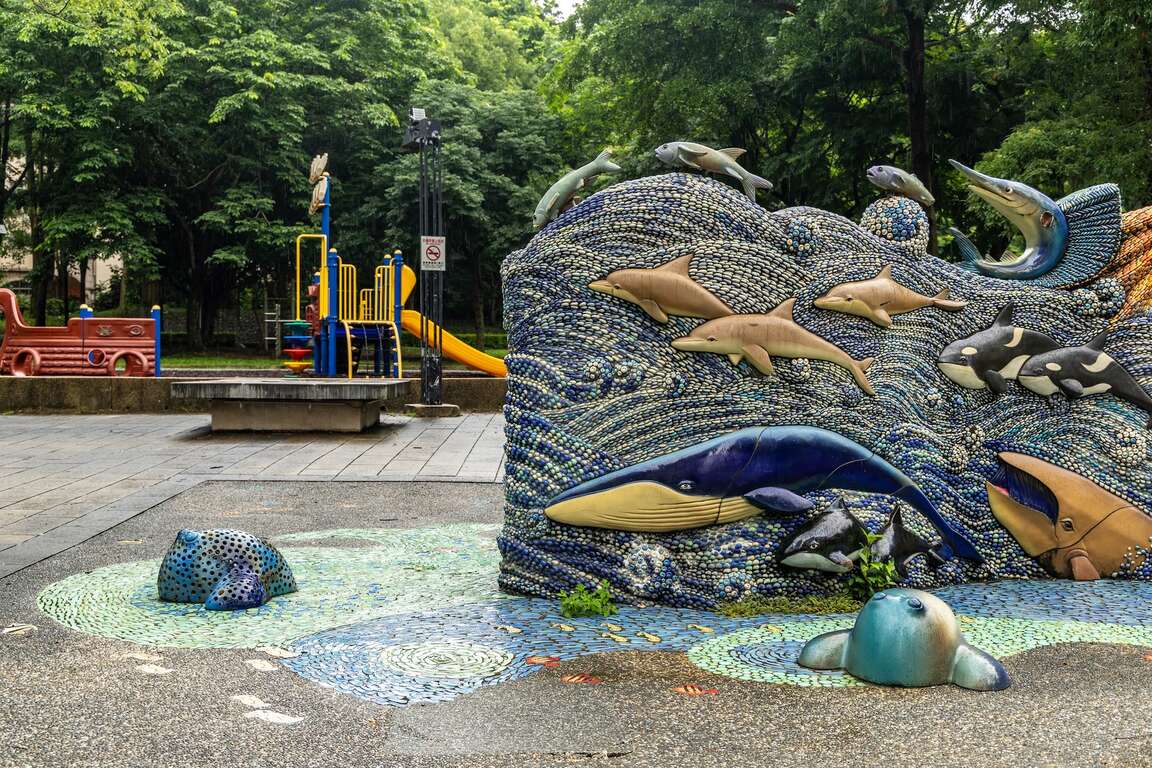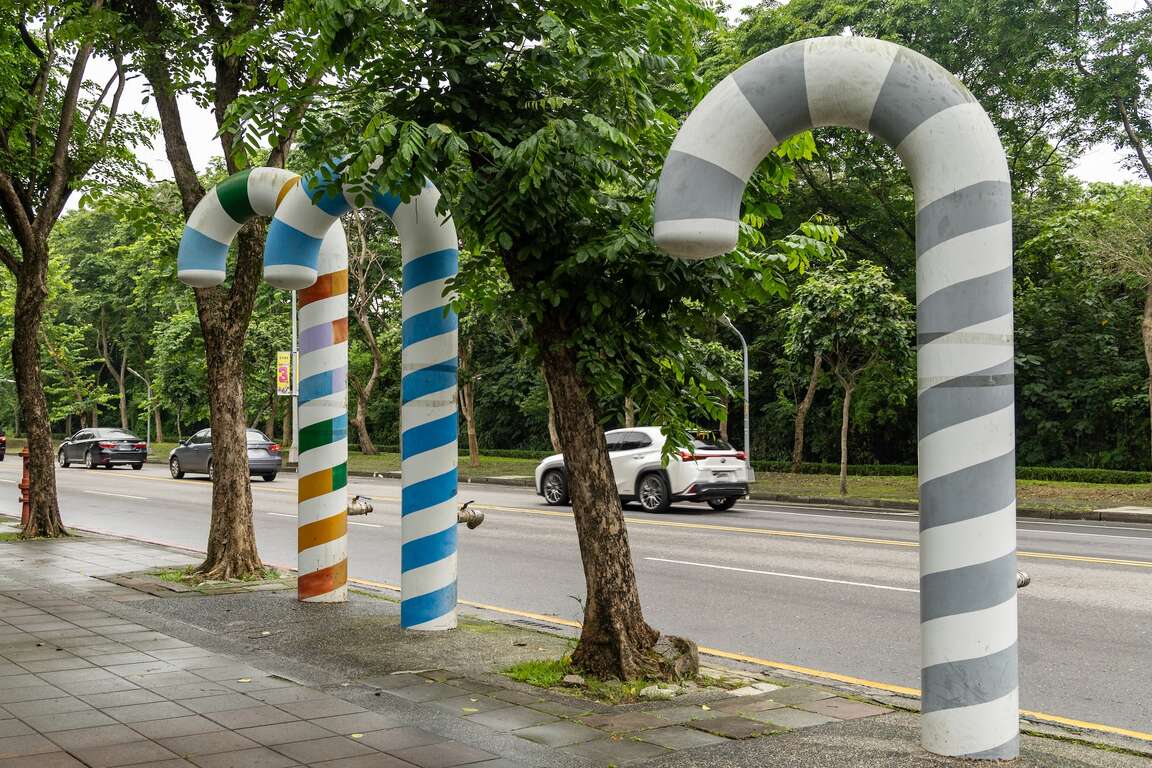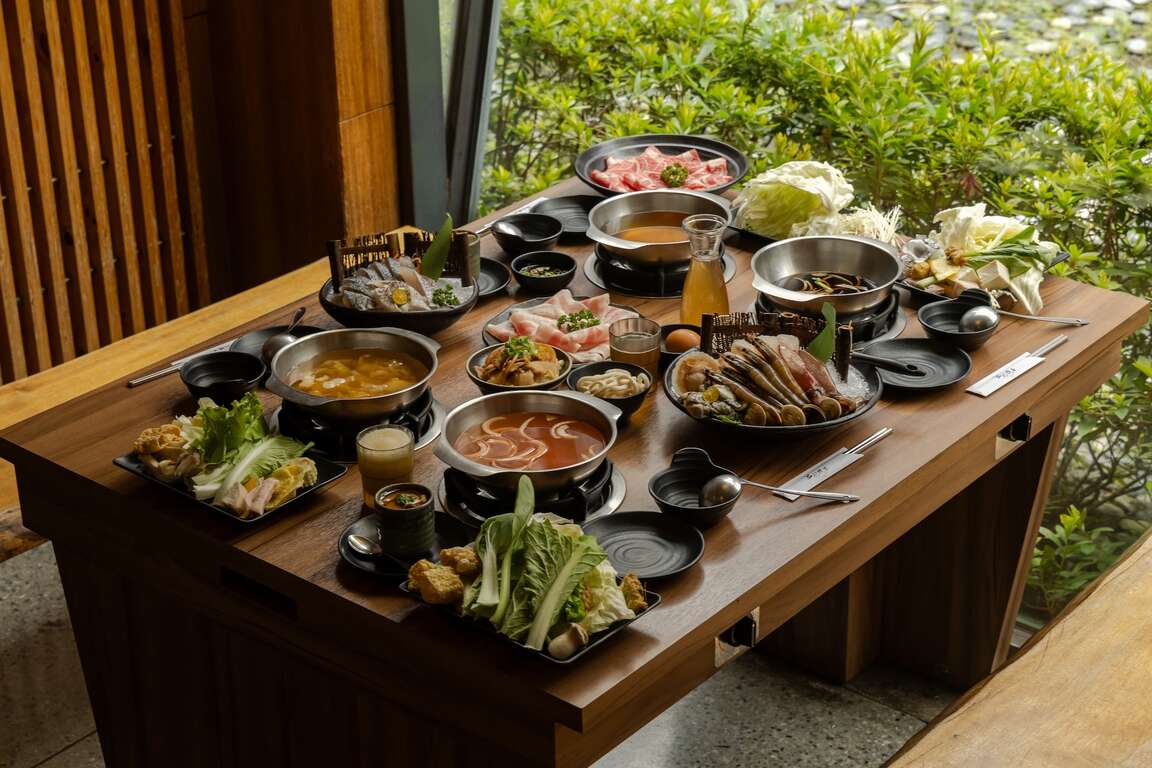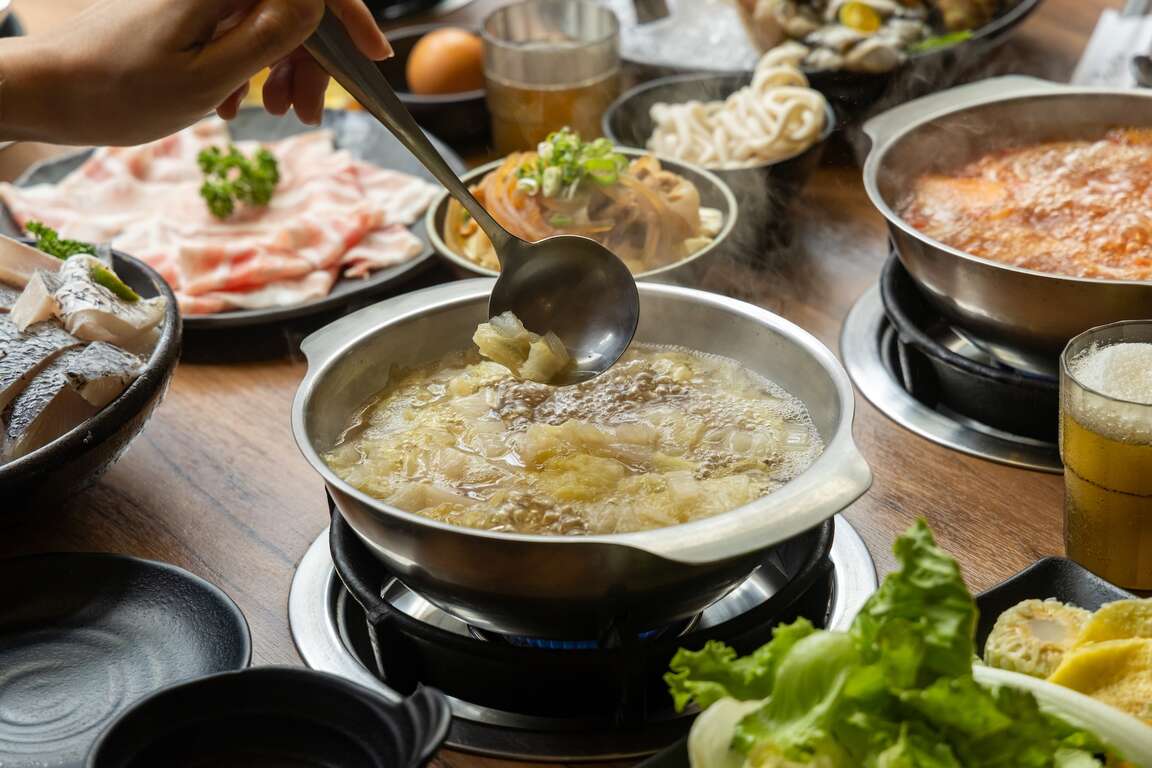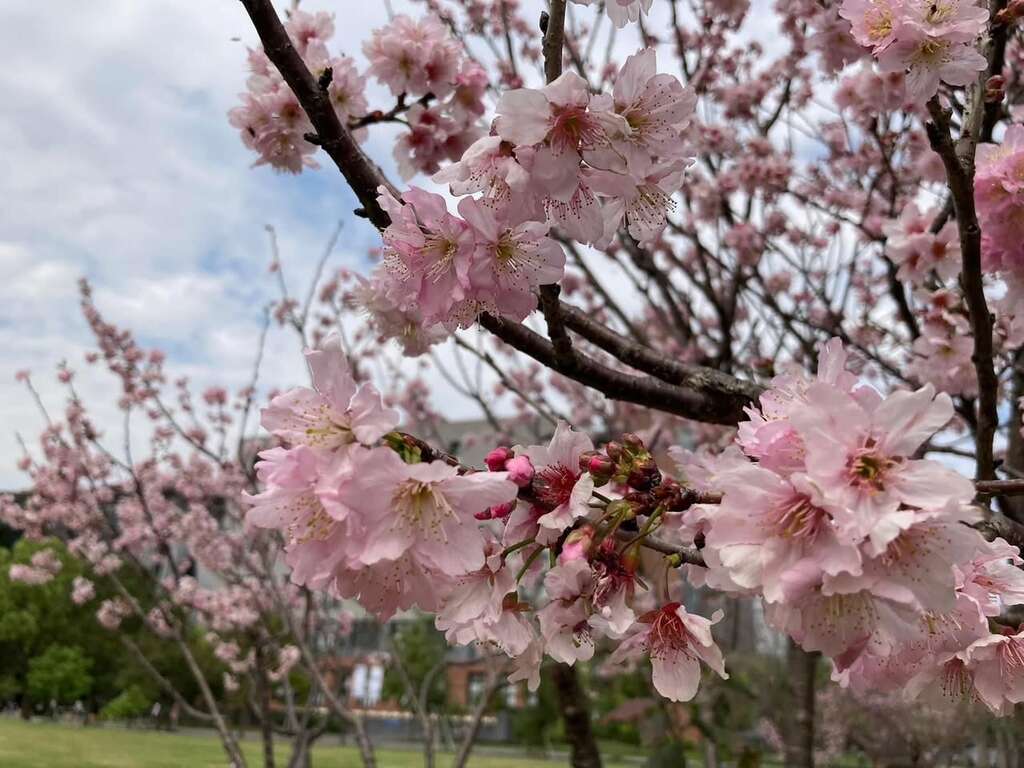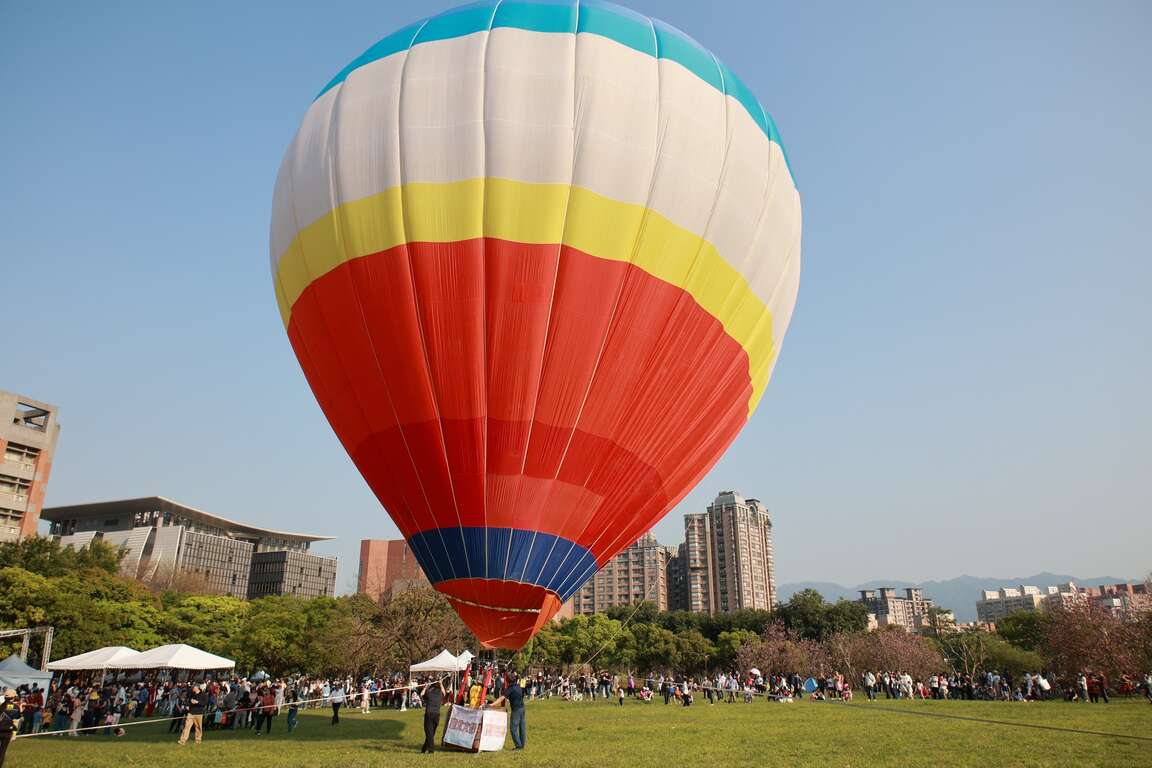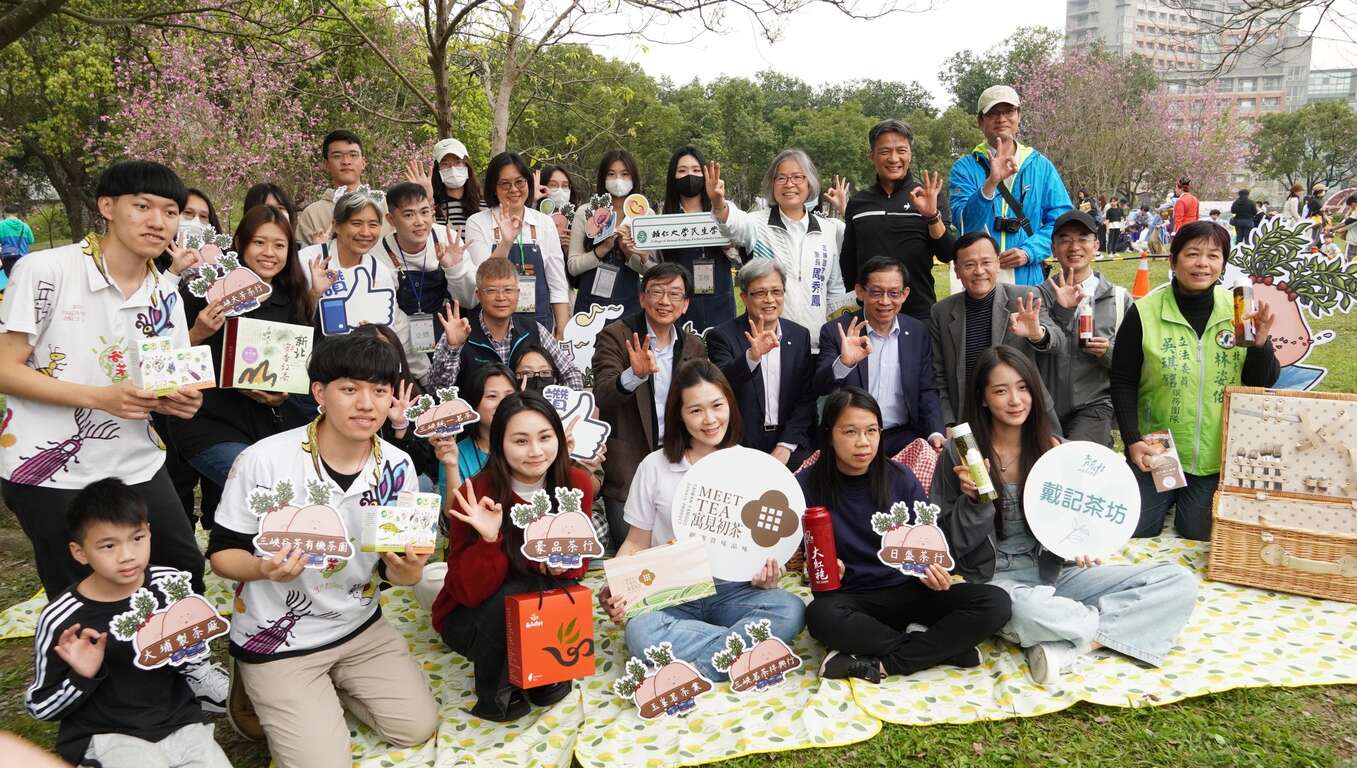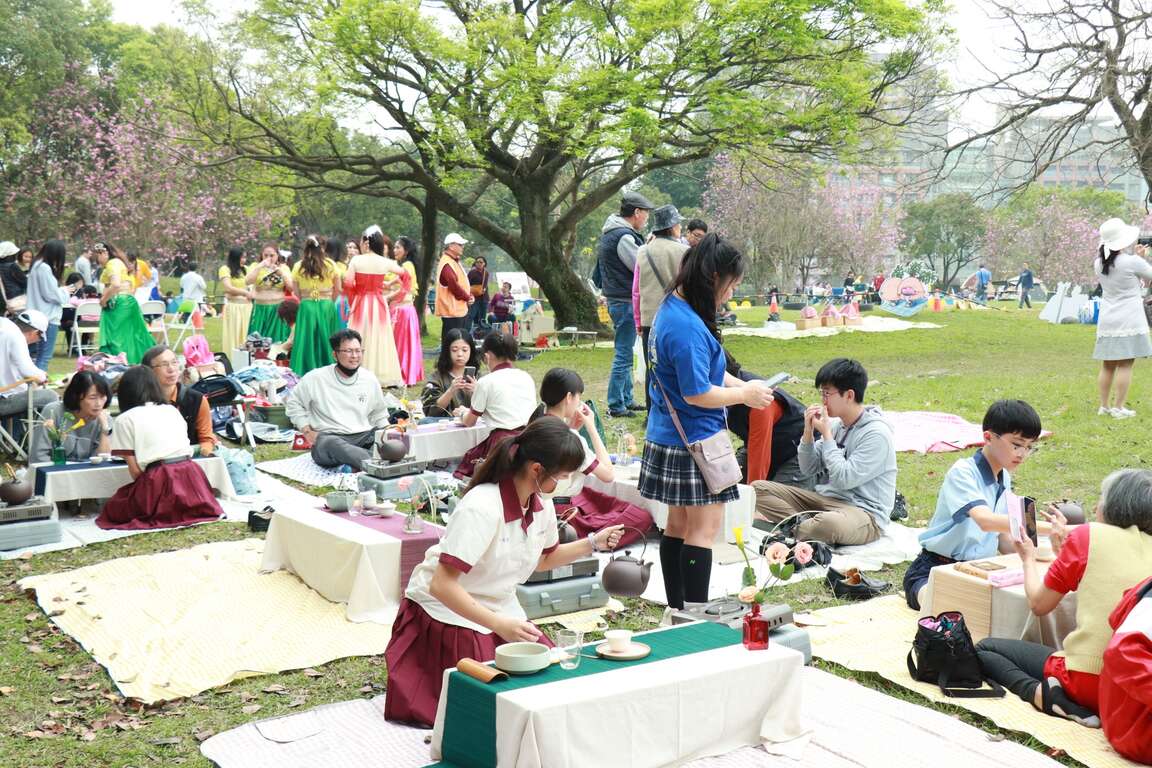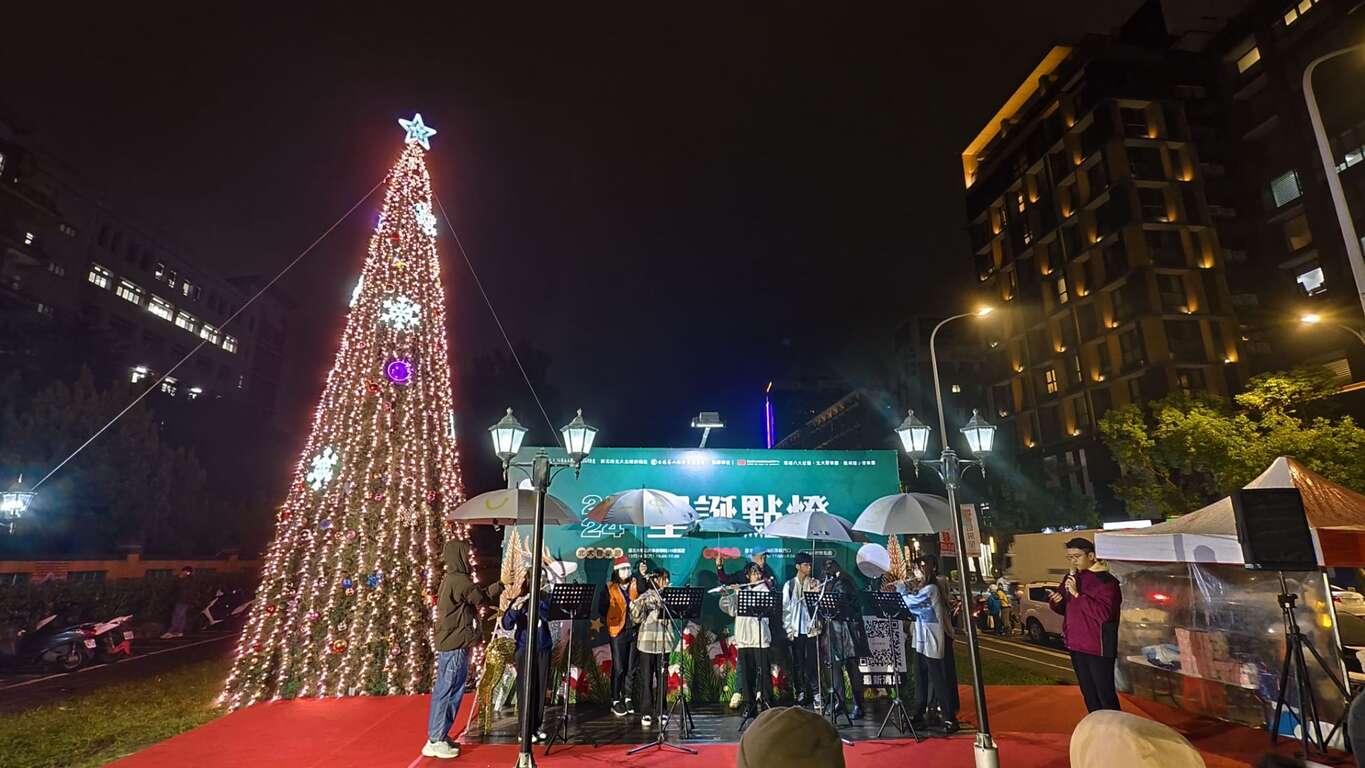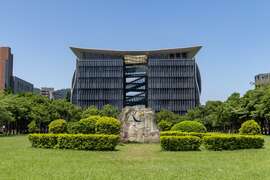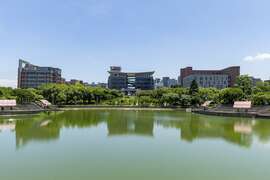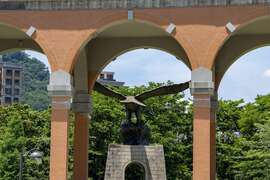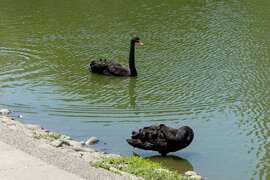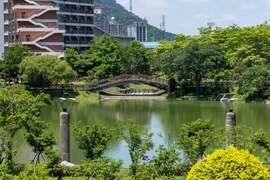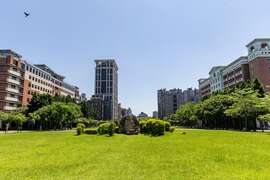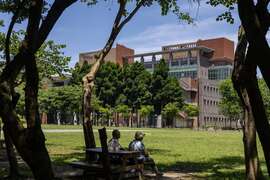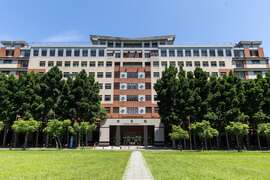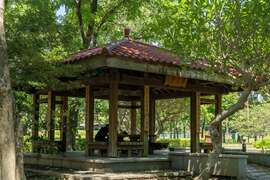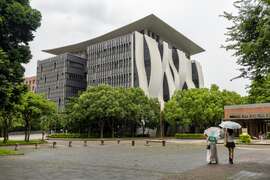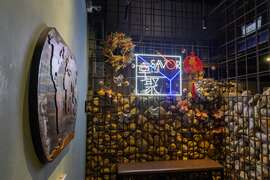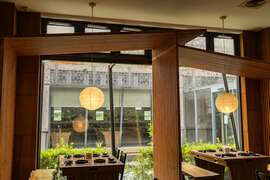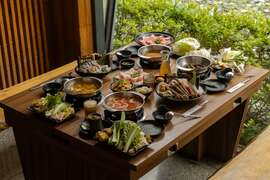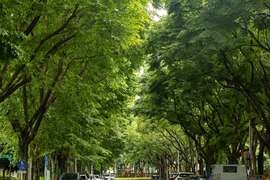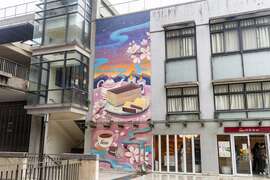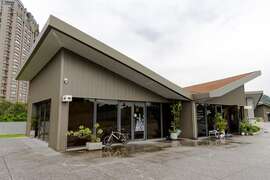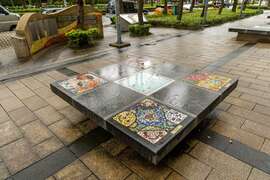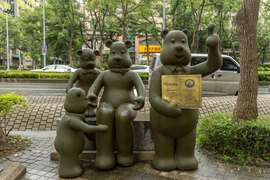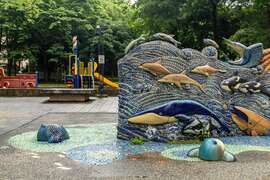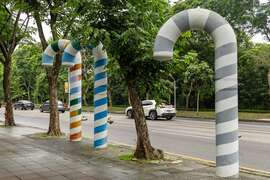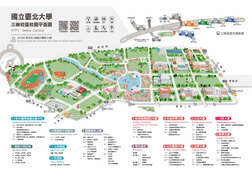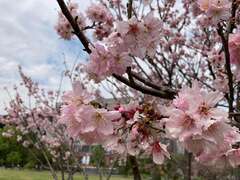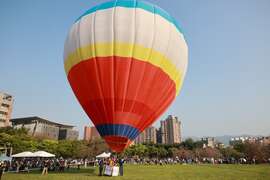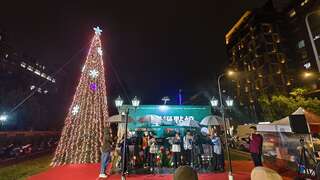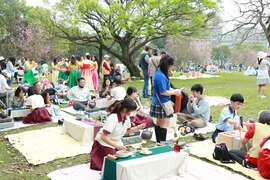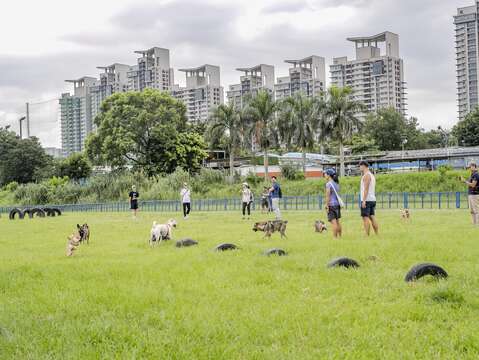Sanxia’s NTPU Special District
Popularity 1803
In the 1990s, College of Law and Commerce, National Chung Hsing University, established an independent institution in Sanxia, leading to the formation of the "Taipei University Special District." The NTPU Special District employs grid-pattern streets and green corridor planning to create spacious artistic pedestrian walkways. Combined with National Taipei University's beautiful campus environment, this shapes a livable atmosphere distinctly different from the old urban areas of Taipei and New Taipei, establishing a brilliant new highlight for Sanxia tourism. With the Sanying MRT Line's opening approaching, visiting the NTPU Special District for sightseeing will become even more convenient!
National Taipei University
Taipei University, formerly the College of Law and Commerce, National Chung Hsing University, officially opened its new campus in Sanxia in 2000. This beautiful 60-hectare campus intentionally preserved many original landscape green spaces. "To see the lake is to see the heart" - "Heart Lake," named by Master Sheng Yen, sits at the campus center. The 2-hectare lake surface collects water from Liucuopu Canal and attracts numerous waterfowl and aquatic plants as residents. Walking around Heart Lake washes away urban clamor and allows quiet appreciation of the swans' graceful dance.
(Campus map image source:National Taipei University)
The central lawn surrounded by various college buildings and the library serves as National Taipei University's welcoming boulevard. Lush and open in atmosphere, it provides an excellent destination for family visits and picnicking. The campus's southwest corner borders Sanxia landmark Yuan Mountain, where the university established "Kite-Soaring Square" as a symbol of school spirit. The Sanying MRT Line bridge crossing above the Soaring Kite incorporates imitation brick arch design and bears the name "Nostalgic Corridor," where Sanxia's past and future interweave to create beautiful scenery.
For travelers who appreciate architecture, the Library and Information Building along National Taipei University's central axis represents an unmissable campus landmark. With its owl-like wise appearance, multiple sky corridors connect the north and south reinforced concrete buildings. The modern and transparent design faces the central lawn to the east while offering views of Heart Lake and Yuanshan to the west.
Distinctive Stores within NTPU Campus
The Amo Cake NTPU Practice Store serves as both the only creative space with painted walls at National Taipei University and a venue fully operated by students to practice entrepreneurial spirit. "NTPU Gorge Afternoon Tea" represents the NTPU Store's mountain journey to visit Sanxia tea farmers, carefully selecting hand-picked Biluochun green tea and honey-fragrant black tea, paired with classic Amo cakes in gift boxes. The packaging integrates local cultural heritage through Qingshui Zushi Temple design, showcasing youth creativity and local connections to create NTPU's most representative souvenir.
Located on the second floor of Heart Lake Hall, Papershoot Café offers a rich variety of beverages and light meals. Visitors can also rent lightweight paper cameras from the establishment to experience the joy of shooting with four vintage filters. In the afternoon, enjoy delicious meals with friends in the coffee shop while using paper cameras to capture each other's smiles—both relaxing and thoroughly entertaining.
NTPU Special District's Guinness World Record
On Xueqin Road in front of National Taipei University's main gate stands a gleaming Guinness World Record monument, commemorating a burst of creativity in 2010! The mosaic creation project jointly organized by the NTPU Special District and Yingge Ceramics Museum successfully established the world record for "Most People Creating Mosaics Simultaneously," which remains a celebrated achievement.
The NTPU Special District forms a livable living circle spanning Sanxia and Shulin. Walking along tree-lined Xueqin Road, visitors encounter mosaic creations made by children throughout the route. This 1.2-kilometer pedestrian art avenue allows appreciation of public art installations in Ocean Park and Shulin Wanping Park while experiencing the aesthetic lifestyle within the special district!
NTPU Special District’s Distinctive Stores
The NTPU Special District has attracted many young new residents, bringing changes to food culture. Located on International First Street, Savor Bistro offers exquisite dishes including risotto, pasta, pizza, and steak meals, along with various cocktails. This comfortable space features resident singers and projection screens for sports events, making it a beloved dining destination for National Taipei University students and special district residents.
Shabu Shabu Hotpot stands as the NTPU Special District's renowned hotpot establishment. Large floor-to-ceiling windows and garden landscaping create a spacious and transparent dining environment. Specializing in Japanese-style and Taiwanese-style broths, their high-quality meat melts in your mouth within five seconds of entering the boiling pot.
NTPU Special District Annual Events
Since 2018, National Taipei University has planted hundreds of Yoshino cherry trees around Heart Lake. Every March when cherry blossoms bloom, they draw numerous visitors for cherry blossom viewing, establishing the area as Sanxia District's famous cherry blossom destination. University administration began organizing cherry blossom festivals in 2024, even bringing hot air balloons onto campus. Visitors can enjoy both cherry blossoms and hot air balloons, successfully generating tourism excitement for Sanxia.
(Image source: National Taipei University)
(Image source: National Taipei University)
Sanxia is most celebrated for its Biluochun tea. National Taipei University collaborates annually with the New Taipei City Department of Agriculture to organize the Sanxia Green Tea Festival in picnic party format, combining Sanxia's high-quality Biluochun with food and agriculture education experiences. People gather for campus picnics, browse markets, and taste distinctive local teas.(Image source: National Taipei University)
(Image source: National Taipei University)
Every December, the NTPU Special District holds a Christmas lighting ceremony. As holiday decorations illuminate, the entire Xueqin Road and NTPU campus become instantly enveloped in romantic atmosphere, creating a winter-exclusive dreamlike scene. Stroll through the area and experience the NTPU Special District's rich Christmas spirit.
(Image source: National Taipei University)
